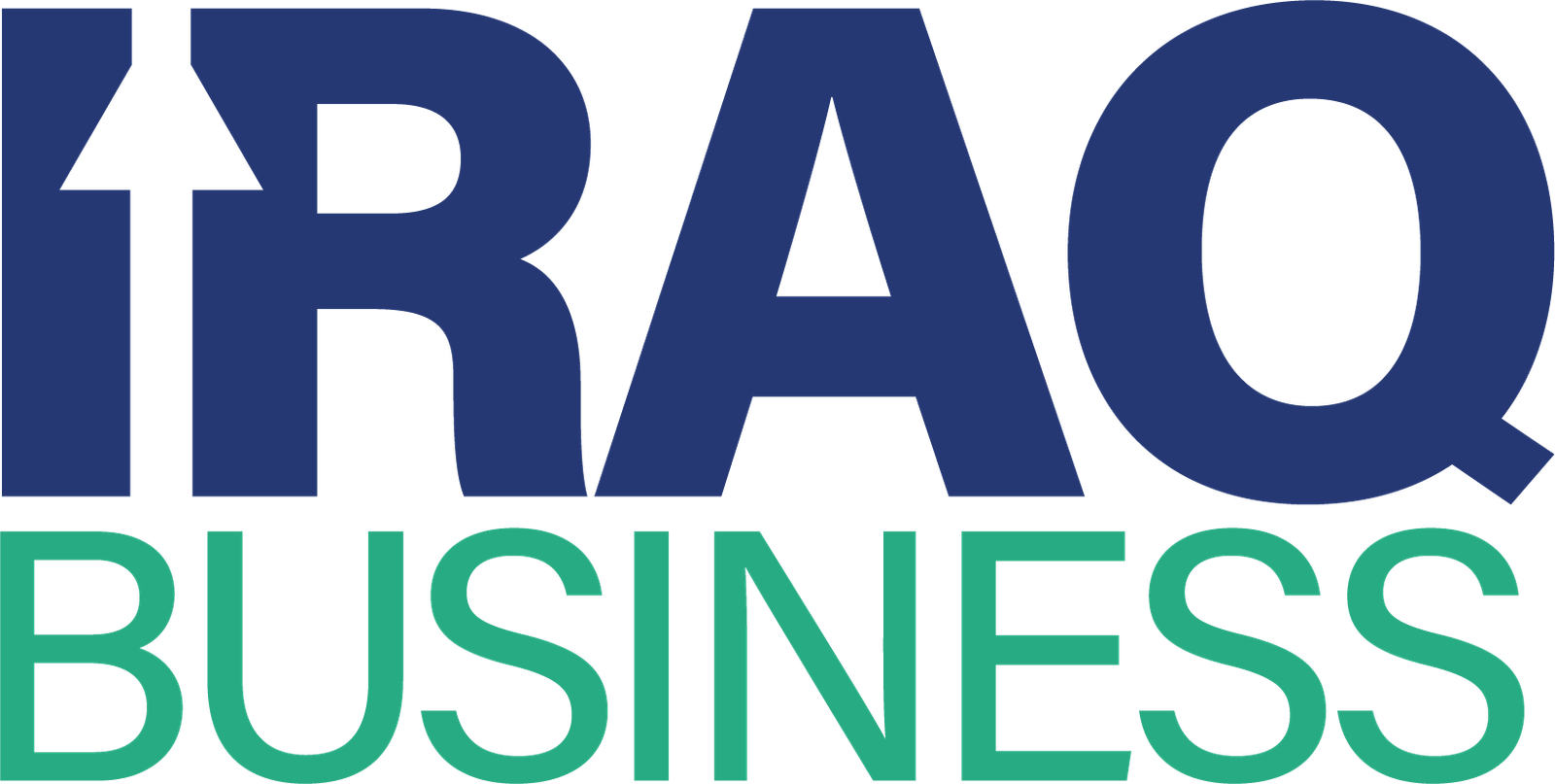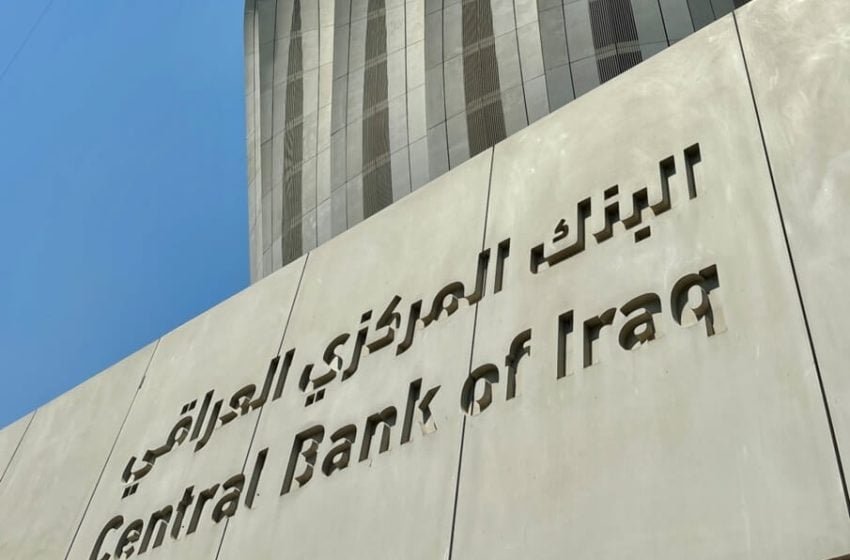Recent debates over Iraq’s internal debt-to-GDP ratio, officially reported at around 40%, overlook a key structural weakness in the economy. Economic expert Manar Al-Obaidi warns that when measured against Iraq’s actual productive sectors, the real internal debt-to-GDP ratio exceeds 120%. This exposes Iraq to extreme financial vulnerability.
Al-Obaidi emphasized that the problem stems from Iraq’s GDP composition, estimated at 211 trillion Iraqi Dinars in 2024 at constant prices. The official GDP masks the economy’s heavy reliance on oil revenues, which account for roughly half of the total output. Another 10% comes from government spending, almost entirely funded by oil revenues. The remaining 35% represents the non-oil productive sectors, including telecommunications, agriculture, industry, and finance.
The expert explained that any decline in oil exports or prices immediately reduces output in both the oil sector and the government sector, which finances salaries and public aid. This leaves the productive sectors to carry the economy, even though they contribute only about 70 trillion Dinars, or 35% of GDP.
Al-Obaidi argued that policymakers must calculate the debt-to-GDP ratio using only the non-oil, non-government productive sectors for a realistic assessment. When done, the internal debt-to-productive GDP ratio exceeds 120%, far beyond safe levels.
The expert stressed that this adjustment is politically sensitive but essential for financial transparency. Iraq must urgently expand its productive sectors to reduce vulnerability to global oil price shocks. Strengthening agriculture, industry, finance, and telecommunications can lower the effective debt burden and stabilize the economy.
Al-Obaidi concluded that without growth in these sectors, Iraq’s reported “stable” GDP hides severe fiscal fragility. The country remains highly exposed to fluctuations in the global oil market, leaving its finances at risk.


